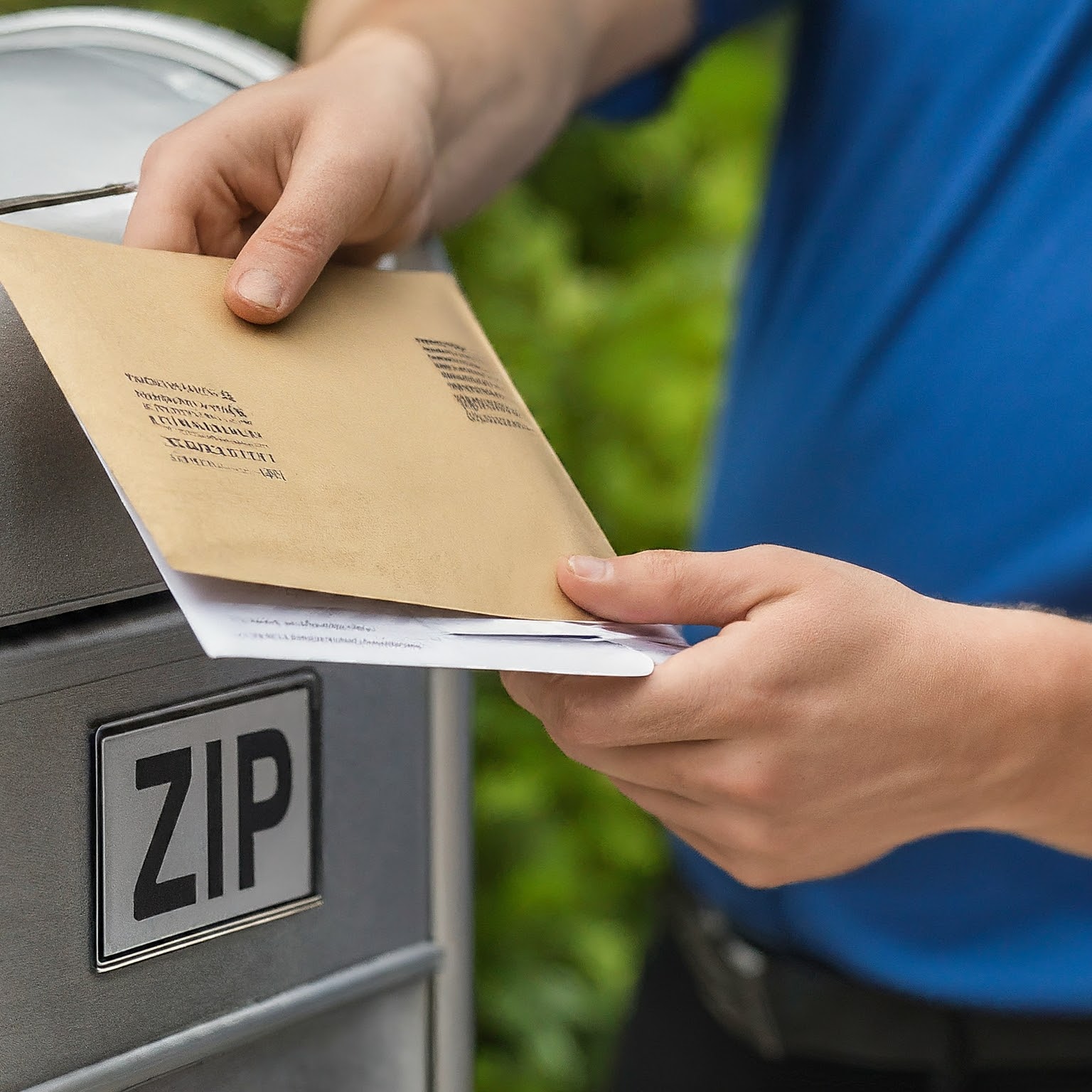The humble zip number, a seemingly simple string of five digits, plays a vital role in the everyday lives of millions. But beyond ensuring your mail finds its way to your doorstep, there’s a fascinating world hidden within these numbers.

A System for Efficiency: The Birth of the Zip Code
Prior to 1963, mail sorting in the United States was a labor-intensive process. Enter the Zip Code, or Zone Improvement Plan, a brainchild of the U.S. Postal Service (USPS) designed to streamline mail delivery. The five-digit system assigned unique codes to specific geographic areas, allowing for faster sorting and distribution.
The Breakdown: What the Digits Reveal
Each digit in a zip code holds a secret. The first digit broadly identifies a group of states, with numbers increasing as you move westward. The second and third digits further pinpoint a specific region within that state, often corresponding to a major city or central mail processing facility. Finally, the last two digits denote a specific delivery area, ensuring your mail reaches your neighborhood.
Beyond the Basics: The Rise of ZIP+4
In 1983, the USPS introduced ZIP+4, an extension of the original five-digit code. This additional four-digit identifier provides even greater precision, pinpointing specific delivery points within a zip code area. While not mandatory, using ZIP+4 can significantly expedite mail sorting and delivery.
Zip Codes: A Snapshot of Society
Zip codes can offer a surprising glimpse into a community’s demographics. Studies have shown correlations between zip codes and factors like income levels, education attainment, and even health outcomes. This data can be valuable for businesses, policymakers, and researchers seeking to understand social and economic trends.
The Future of Zip Codes: Adapting to a Changing World
As e-commerce flourishes and mail volume fluctuates, the USPS is constantly innovating. Zip codes are likely to evolve alongside these changes, potentially incorporating new technologies for enhanced delivery tracking and efficiency.
So next time you write your address, remember – the zip code is more than just a delivery tool. It’s a testament to human ingenuity, a reflection of our communities, and a window into the ever-evolving world of mail delivery.
لا تعليق